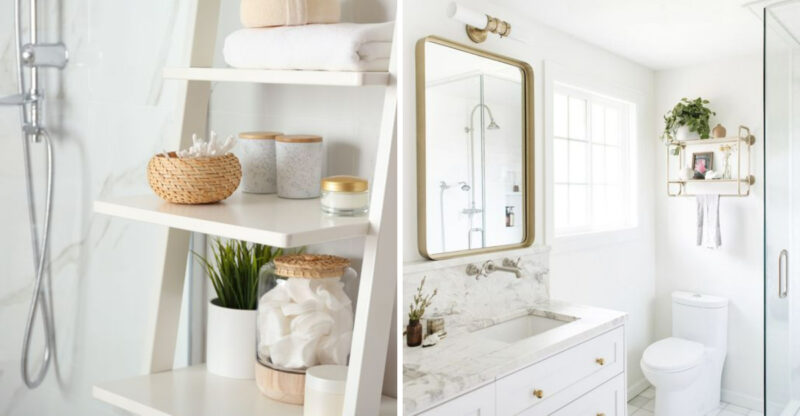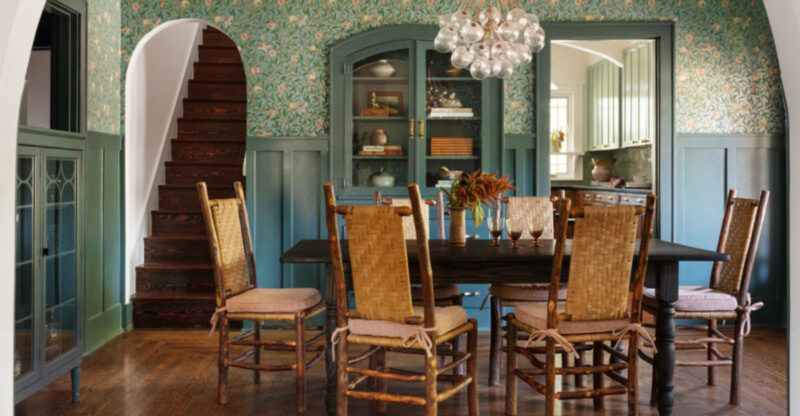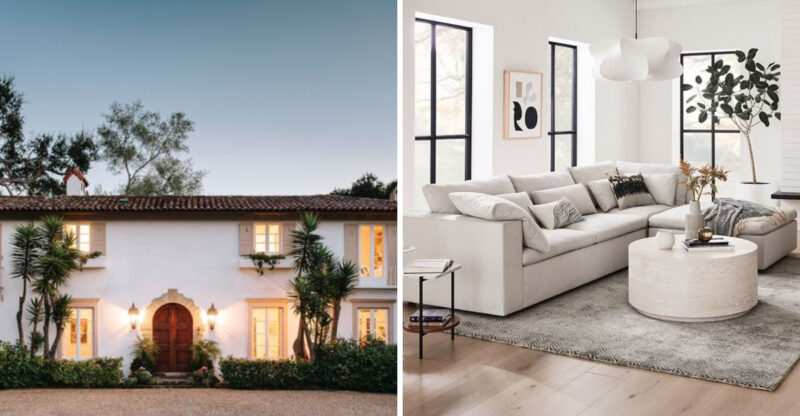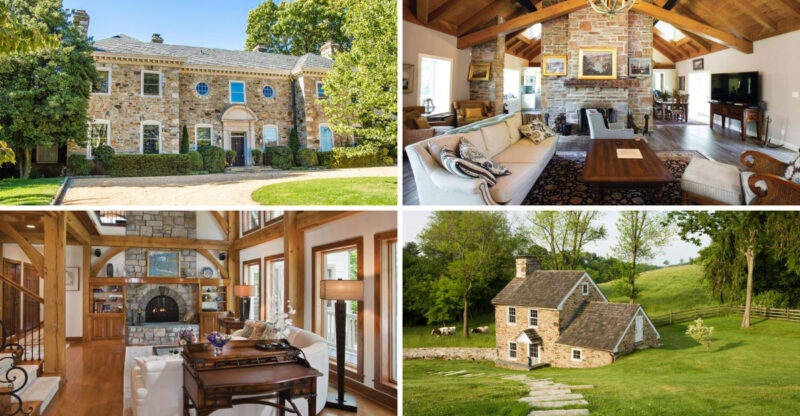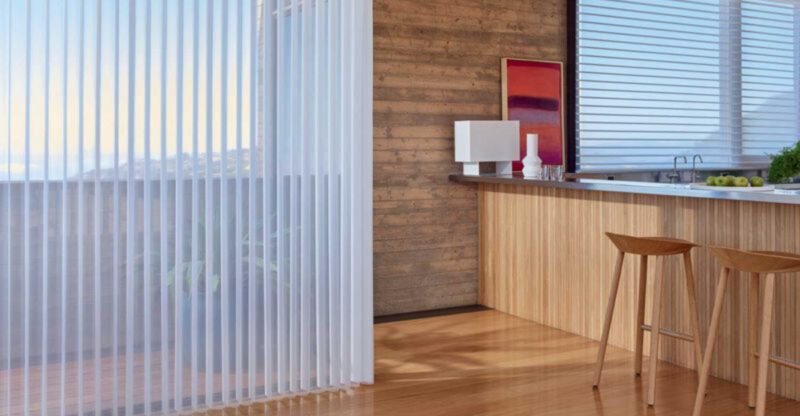These 5 Vermont Homes Are Rising In Value While 3 Others Are Losing Ground
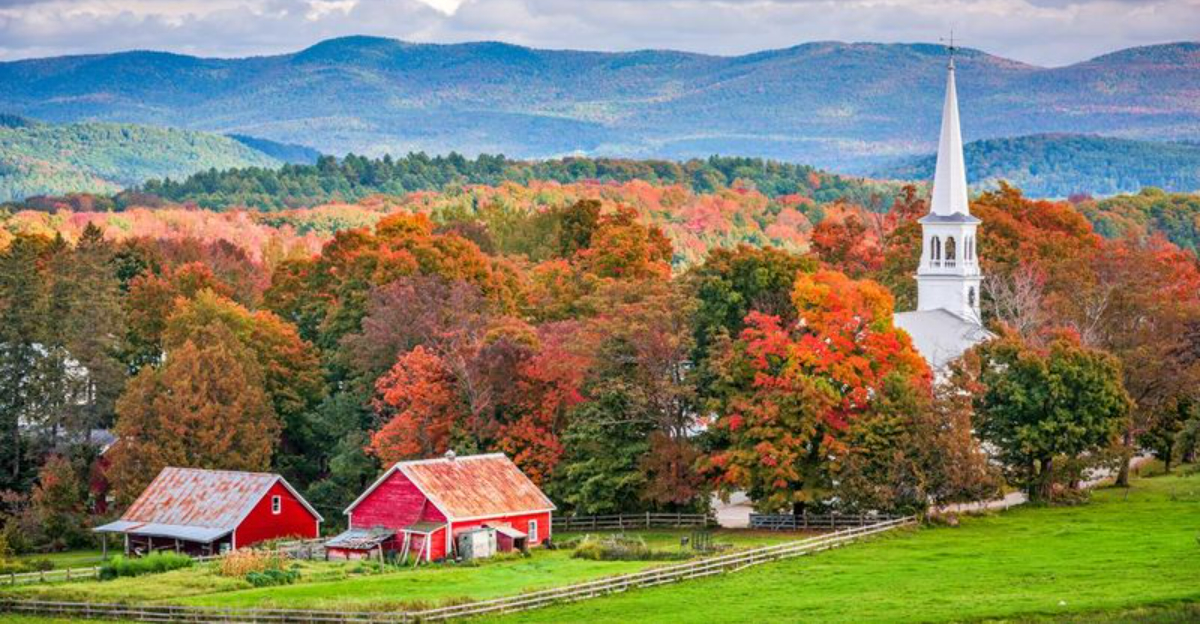
The Green Mountain State’s housing market is experiencing some interesting shifts lately. I’ve been tracking property values across Vermont and noticed some clear winners and losers emerging.
Whether you’re looking to buy, sell, or just curious about real estate trends in Vermont, understanding which types of homes are gaining or losing value can help you make smarter decisions.
1. Burlington Lakefront Properties Skyrocketing
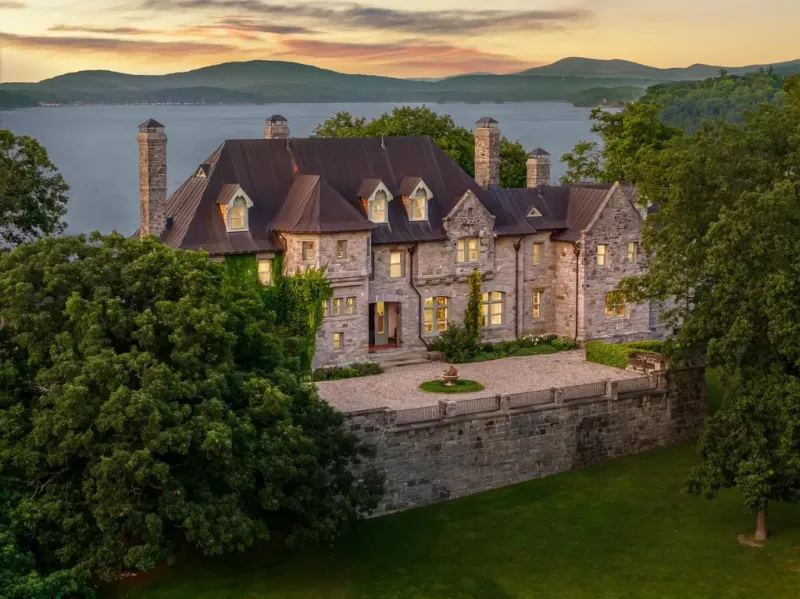
Money follows water views! Homes along Lake Champlain have seen a remarkable 15% increase in value over the past year alone. Buyers are willing to pay premium prices for that stunning sunrise over the Adirondacks.
Limited inventory plays a huge role here. With only so much lakefront property available and high demand from both in-state and out-of-state buyers, these homes continue to appreciate rapidly. Many properties are selling within days of listing, often above asking price.
2. Stowe’s Luxury Mountain Retreats Climbing Steadily
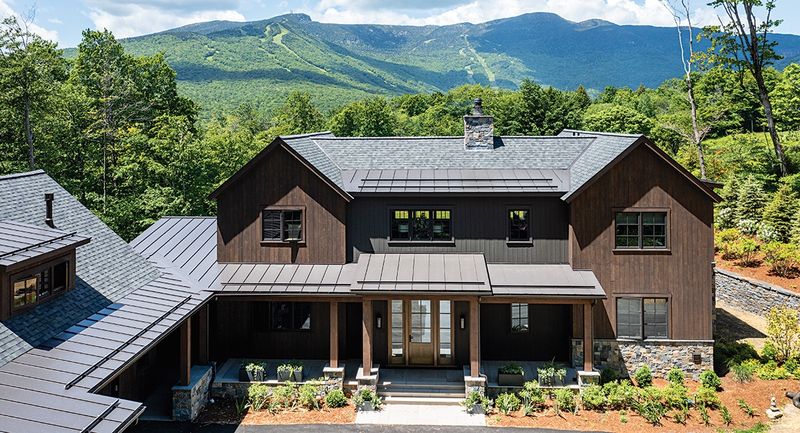
Wealthy out-of-staters can’t get enough of Stowe’s high-end properties. The average luxury home near the mountain has appreciated by 12% since last year, with some properties fetching over $2 million.
Remote work has transformed the market completely. What used to be vacation homes are now primary residences for professionals fleeing urban areas. The combination of outdoor recreation, charming village atmosphere, and proximity to skiing creates the perfect storm for rising values.
3. Middlebury College Area Homes Gaining Ground
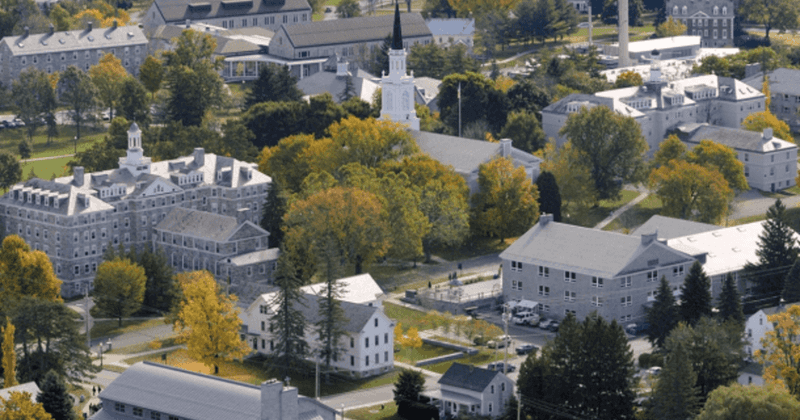
Proximity to education pays dividends! Houses within walking distance of Middlebury College have increased in value by approximately 9% year-over-year. Parents purchasing homes for their college students contribute significantly to this trend.
Faculty housing needs also drive demand in this market segment. With limited new construction in the historic district, existing homes benefit from scarcity. The charming downtown and excellent schools make these properties attractive long-term investments even beyond their college connection.
4. Renovated Farmhouses With Land Appreciating Fast
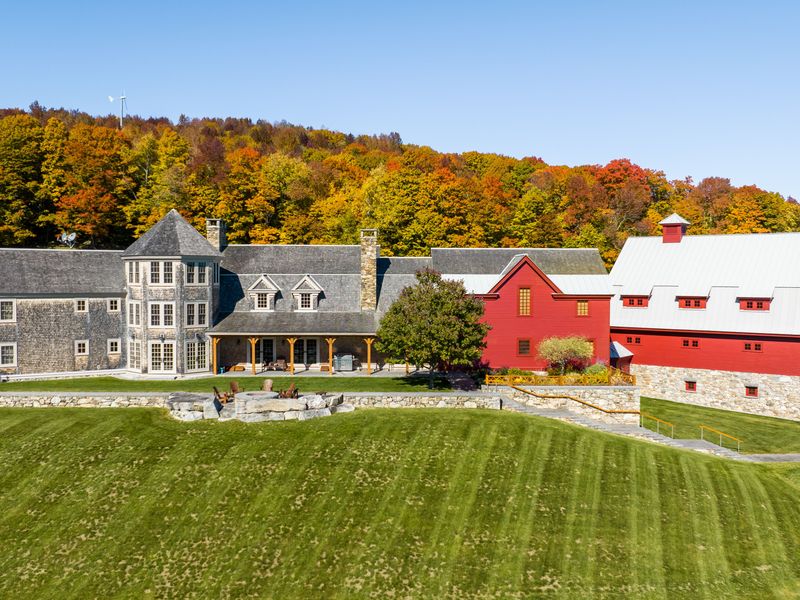
The pandemic created a farmhouse frenzy! Updated Vermont farmhouses with 5+ acres have jumped 11% in value as buyers seek both charm and space. Properties featuring original details alongside modern amenities command the highest premiums.
Home gardening and small-scale farming interests fuel this trend significantly. Buyers want room for chickens, large gardens, and maybe a few goats. The classic Vermont aesthetic combined with self-sufficiency appeals to many transplants from urban areas looking for authentic rural living without sacrificing comfort.
5. Energy-Efficient New Construction Homes Rising
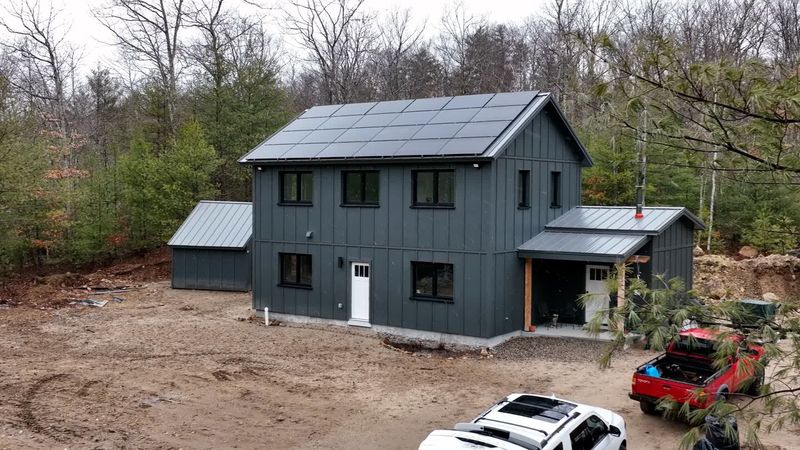
Green building pays off! New homes with top energy ratings have appreciated 8% faster than standard construction. Buyers are increasingly willing to pay more upfront for long-term utility savings and environmental benefits.
Solar panels, heat pumps, and superior insulation make these homes especially attractive. With Vermont’s cold winters and rising energy costs, the operating cost difference becomes significant. These homes also tend to hold value better during market downturns as energy efficiency becomes more important to future buyers.
6. Mobile Homes Facing Significant Devaluation
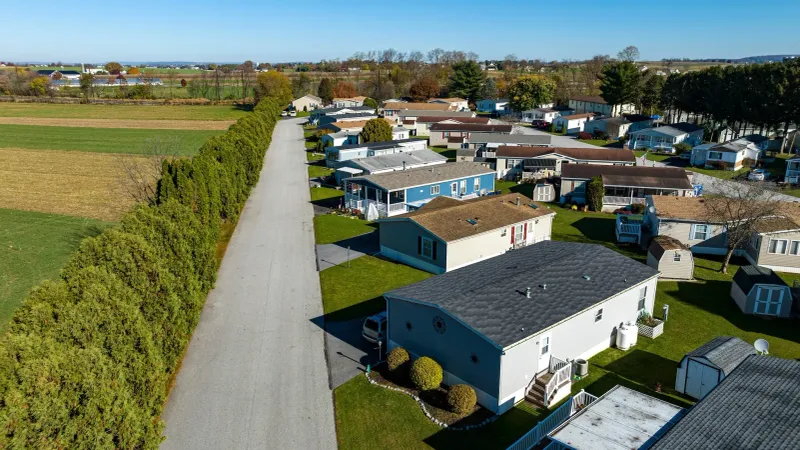
Unfortunately, manufactured housing continues to struggle. Mobile homes across Vermont have decreased in value by approximately 7% this year, continuing a troubling trend for these affordable housing options.
Rising land lease costs in parks contribute to this decline substantially. When monthly lot rent increases, it directly impacts what buyers are willing to pay for the home itself. Financing challenges also persist, with many lenders requiring higher interest rates for manufactured homes, further depressing values.
7. Historic Homes Without Updates Losing Value
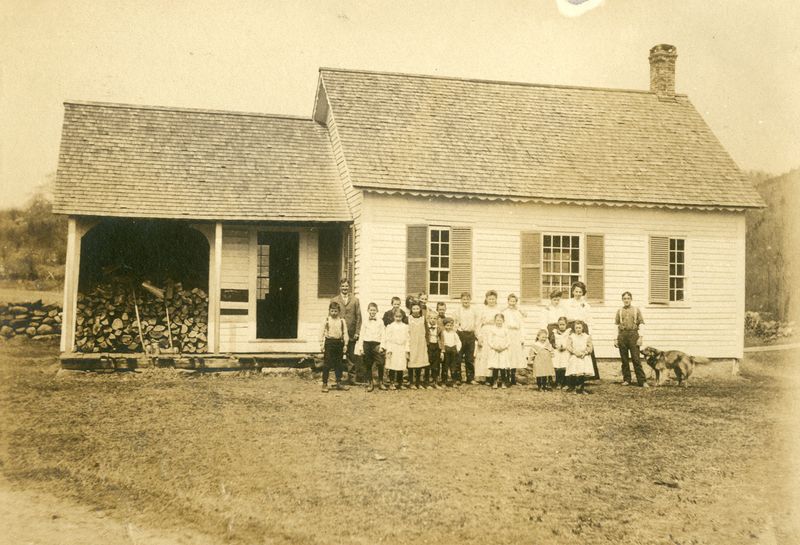
Character alone doesn’t pay the bills anymore. Older homes (pre-1900) without modern updates have declined about 5% in value as buyers calculate renovation costs against purchase price. High heating costs particularly concern potential buyers.
Maintenance expenses scare away many first-time homebuyers from these properties. While these homes often feature irreplaceable craftsmanship and architectural details, their outdated systems and poor energy efficiency create financial burdens. The gap between purchase price and necessary investment continues to widen, especially in rural areas.
8. Remote Rural Properties With Long Commutes Declining
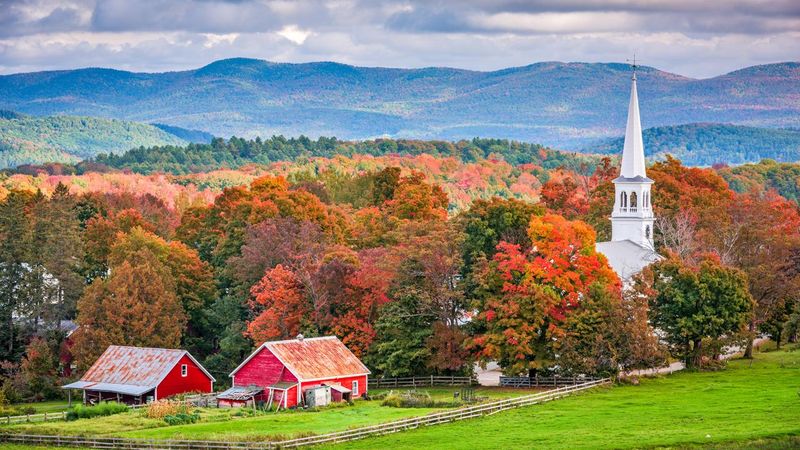
Location still matters tremendously! Homes more than 30 minutes from employment centers have dropped approximately 6% in value as gas prices and commute fatigue influence buying decisions. The initial pandemic rush to rural areas has cooled significantly.
Internet connectivity issues compound the problem substantially. As remote work becomes permanent for many, reliable high-speed internet has become non-negotiable. Properties in cellular dead zones or with limited broadband options face particular challenges attracting buyers, regardless of their other positive attributes or relative affordability.

